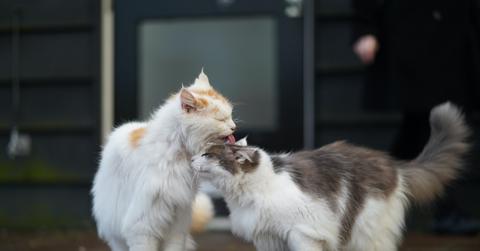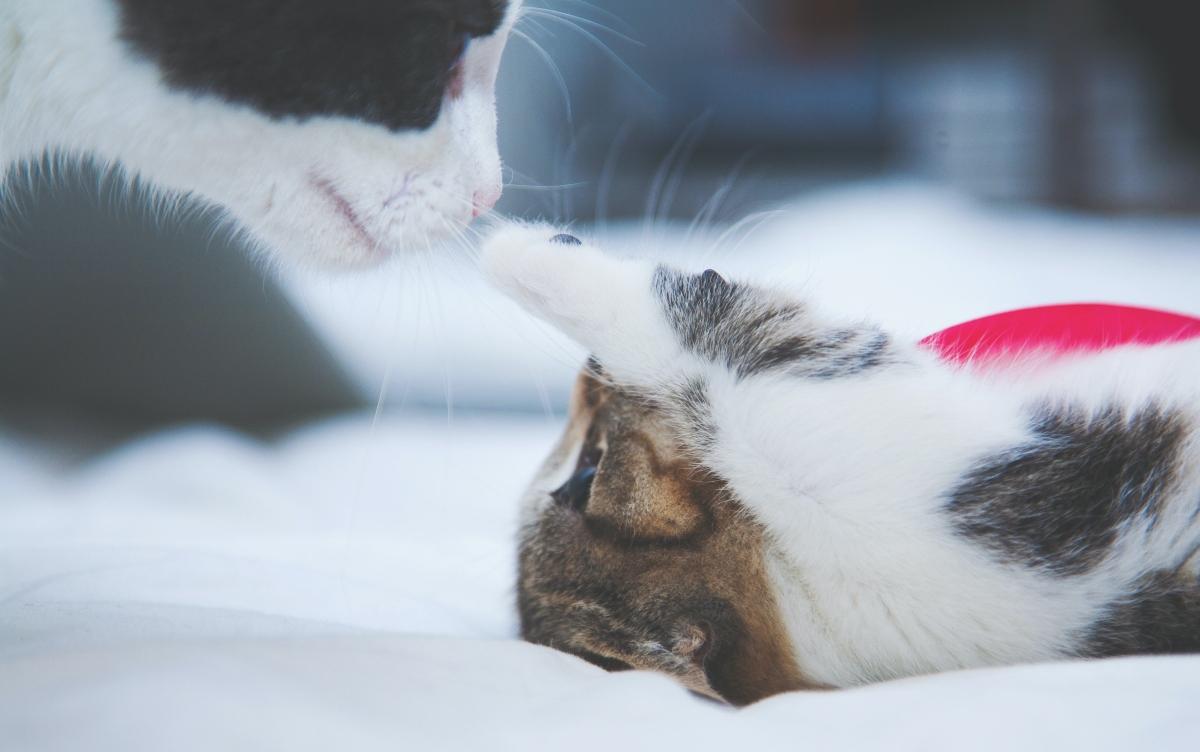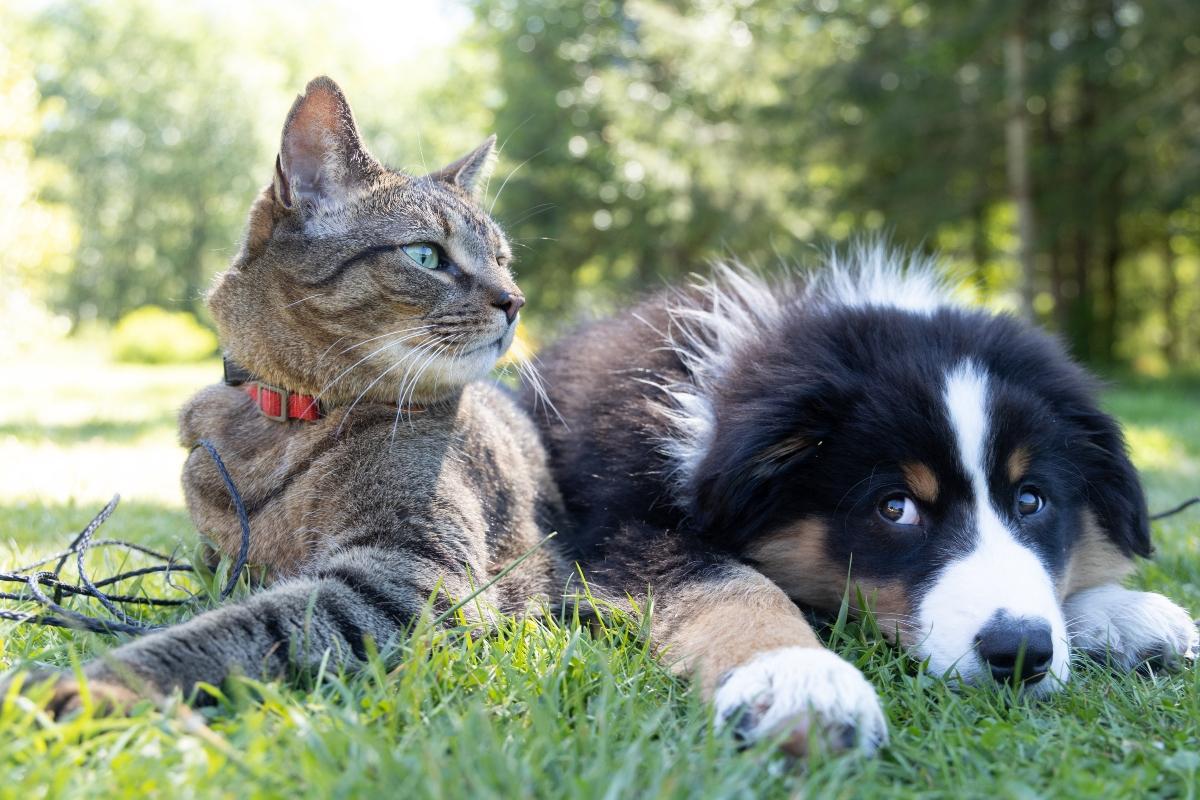Cat Parent Adopting Another Cat? Here's How to Introduce Them
Published July 11 2023, 12:04 p.m. ET
When you see an adorable shelter cat and want to bring him home, it's more complicated than providing a litter box and avoiding toxic foods. If you already are a cat parent, you want to ensure your current and new cats (or other pets) will get along. Don't bring home a new cat before learning about how to introduce cats successfully.
Introducing cats to each other haphazardly could lead to either years of frustration or a failed adoption match, so you want to get those first cat meetings right.
Here's how to introduce a new cat to a resident cat.
Taking the time to introduce cats properly can seem like a lot of work, but it's worth it for a better shot at your cats having a comfortable relationship. Above all, the best advice to follow is to go slow. The Society for the Prevention of Cruelty to Animals (SPCA) explains that there are multiple steps to introducing a new cat into a home with another cat.
Beforehand, create a separate living space for the new cat, preferably not the resident cat's favorite spot. You can also ask your veterinarian for a Feliway diffuser, which "reproduces cat facial pheromones that are pacifying to cats" to reduce stress. One in each cat's space is ideal.
Focus on scent when introducing cats to each other. For the new cat you're adopting, keep a towel or blanket the cat has been using in the carrier on the trip home, since the familiar scent of their own body will keep them feeling safe, as per the SPCA. Take the new cat to their room immediately without making contact with your "old" cat. Let the new cat be alone in the room for awhile before later introducing her to the resident cat's scent.
After the new cat has been home for perhaps a few hours, you can place a towel with the new cat's scent on it near the resident cat's prime napping spot. Do the same with the other cat, placing a cloth with the resident cat's scent on it near the new cat. Don't rush this, but if they respond well and don't hiss, you can try swapping food bowls.
Here are tips for feeding cats when introducing them.
American Humane recommends keeping the cats separate, with the new cat safely behind a closed door. It's good if there is an inch or so under the door where the cats can sniff each other. Then, you can place each cat's food bowl near the closed door. This allows cats to associate each other's scent with the positive experience of eating.
It can take several days for feeding to become comfortable. If this goes well, with no hissing or growling, you can swap the cats' spaces. Place the "old" cat in the small room behind a closed door, and let the "new" cat roam a larger part of the home, though you might still keep some doors shut so as not to overwhelm the new cat. They should use each other's clean litter boxes during this time.
Let cats get used to scent for quite a few days before allowing visual contact.
If your cats have responded well to these initial steps, it may be time to let them meet without barrier. Open up the doors and let them inspect one another freely. If either one shows aggression, try to redirect them with a loud noise like a clap of your hands, the SPCA suggests. Repeat steps if things aren't going perfectly.
Are there different steps for how to introduce a cat to a dog?
As the Animal Humane Society explains, the steps for introducing a cat to a dog are fairly similar to introducing cats. You want to proceed slowly, keeping the dog and cat separate at first until they get used to one another's scent. Feeding them on opposite sides of a closed door is also helpful.
Take it slow with a new cat and dog relationship. If they have resided comfortably in separate spaces for 3-4 days without incident, you can begin brief face-to-face meetings. Reward with treats for good behavior, but don't force them together for long or restrain them. Start with short periods together each day, gradually increasing contact over time.



